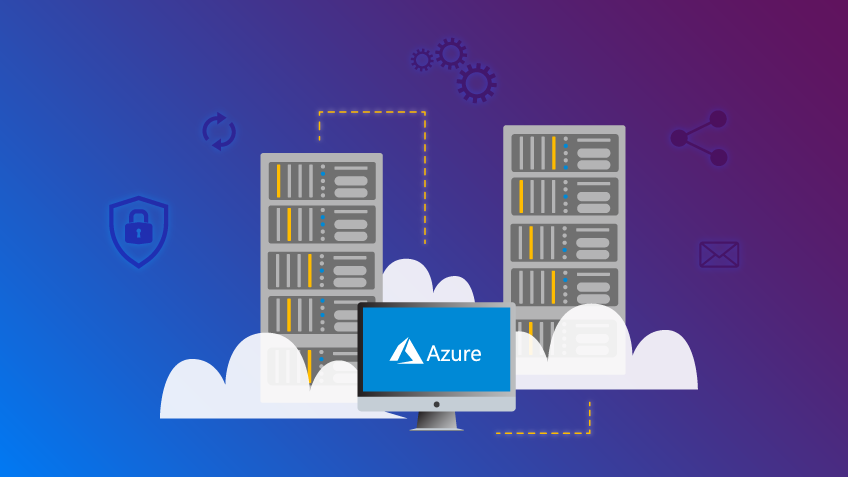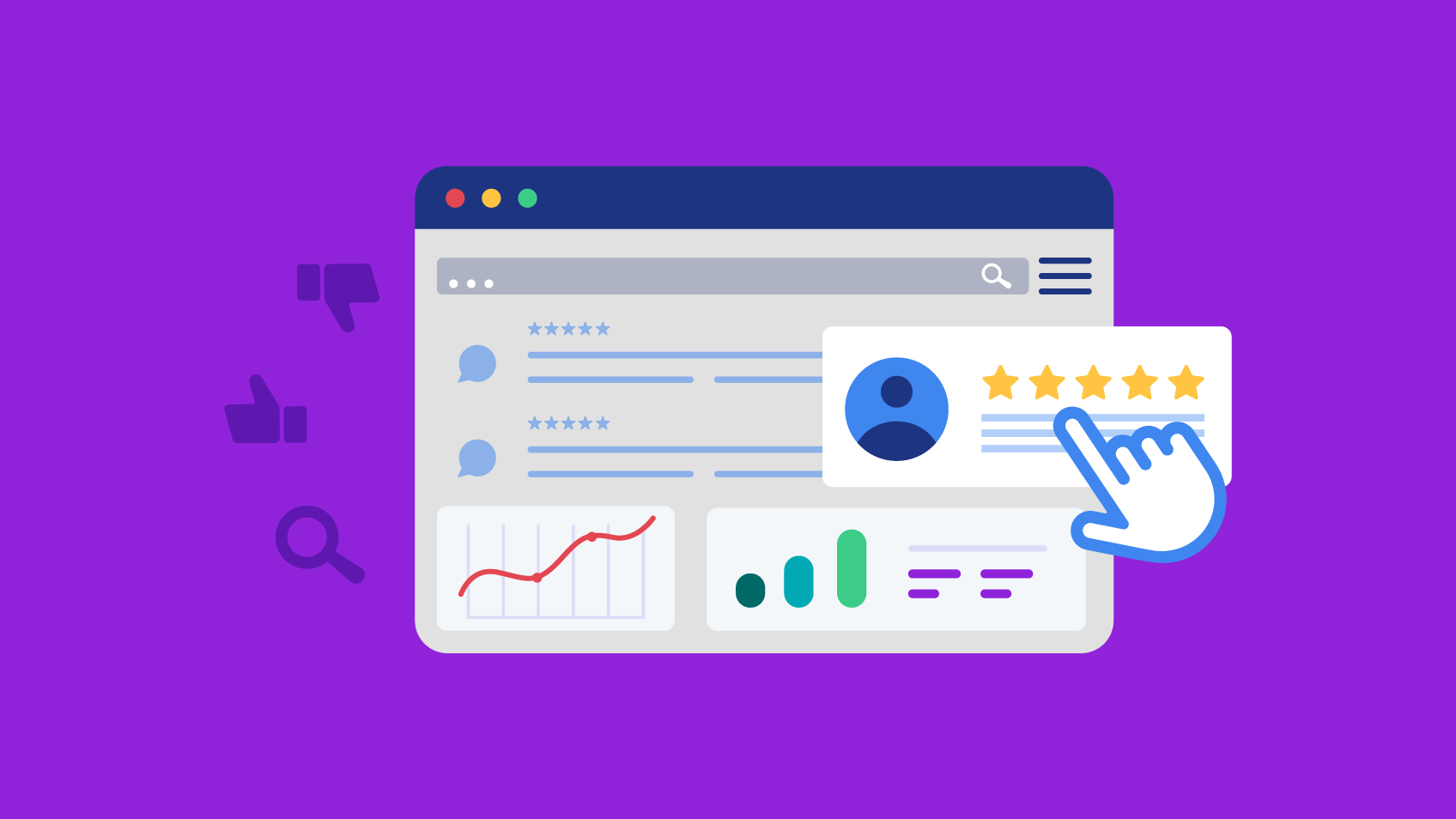There are countless articles, blog posts and other types of content that talk about the cloud: from the benefits that this technology offers to companies to demystifying popular myths, and from how to make the most of this technology to how to optimise existing applications. The relevancy of the role that cloud technology currently has in the reality of companies is undeniable.
The topic remains so relevant that, according to a recent survey conducted by IDC, organisations show a strong inclination to increase investments in cloud services in 2020. On the other hand, the pandemic caused by the COVID-19 virus has resulted in an increasing digitalisation of companies where the cloud element has proved to be essential, given the benefits it presents for companies that have been forced to adapt digitally overnight. Infrastructure requirements have increased significantly, and the number of workers who have started to work remotely has also grown. Additionally, it has become clear that companies need to offer digital versions of their services to consumers.
However, considering the number of different available options, it can be challenging to understand where to start. Whether your company already adopts this technology in some parts of the business and wants to optimise it, or even if your company has yet to adopt cloud technologies, it’s important to do an analysis of the business to clarify the objectives and purposes your organisation needs to achieve by using this technology.
5 questions you need to ask to create an Azure solution
There are 5 elements you need to clarify to understand where to start on your digital transformation journey with the cloud with as much information as possible:
1) What are your needs?
Before moving on to developing solutions that take advantage of cloud technology, start by asking yourself what your needs are. Do you want to modernise an existing solution, build a native cloud solution, create a data platform, or are you still unsure of what your business needs are? Clarifying your business need is the first step you need to take before you even start thinking about embarking on a cloud migration project. Without the answer to this question, the purpose of the investment will not be straightforward – nor how it should be done.
2) What type of solution are you looking for?
Secondly, you need to understand what kind of solution you are looking for. Are you looking for a web app, a mobile app, a business backend, a streaming app or are you looking for another solution? Eventually, you may conclude that what your company needs right now is an aggregate of these elements. Having a clearer sense of your business needs and the type of solution that can help you suppress it will be an essential step to take on your migration journey to the cloud.
3) What is your business objective?
Once you know what you need and also what type of solution you are looking for within the universe of cloud technology, it’s crucial to reflect on what your business objectives are. This is the moment where you can finally crystallise your vision for the company and how this technology can you help you achieve it. Clearly and unambiguously communicating this vision will help specialists be aligned with you so that you make that vision a reality.
4) What is the technological stack you’re using/that you want to use?
Regardless of your needs, be they modernising an existing solution, creating a data platform or even building a native cloud solution, it is crucial that you consider the different technologies you already use or want to use. In this way, you can analyse the impact these technologies will have when starting on your cloud journey. The sooner you analyse the possible limitations or obstacles to achieving your goals, the more efficiently you will be able to find strategies to overcome them.
5) What are your main drivers?
Last but not least, it’s also essential to clarify the company’s drivers. What kind of elements are crucial for the company’s activity and which ones do you want to prioritise? Is it costs, performance, scalability or something else? To ensure the solution built is highly personalised and focused on the individual needs of the company, you need some visibility over what type of indicators guide it. Only in this way will it be possible to arrive at a solution that addresses all the challenges and opportunities to which the company wishes to respond.
What happens next? Next steps
Even after you’ve answered all these questions, it can still be challenging to understand what the best cloud solution will be or the best combination of resources for your specific needs. To help, Xpand IT has designed a Cloud Assessment tool. This tool’s goal is to make a brief assessment, so that our specialists can help your organisation understand what you’re already doing right, which areas you can improve and, finally, get visibility as to what is the best combination of resources within your business’s specificity and the challenges you need to answer.
At Xpand IT, the Digital Xperience business unit has, for many years, been focused on the development of solutions based on cloud technology, namely Microsoft Azure. The solutions we have been developing over the years take advantage of a variety of components that are combined to build the best possible solution: App Services, API Management, Cosmos DB, Cognitive services, among others. Our experience with these technologies and particularly with Microsoft Azure derives not only from the development of native cloud solutions but also from reengineering existing solutions, where we help our customers make the most of this technology and all its components.
Complete our Cloud Assessment and take a step forward in your digital transformation journey.

Digital Xperience Evangelist – Xpand IT















